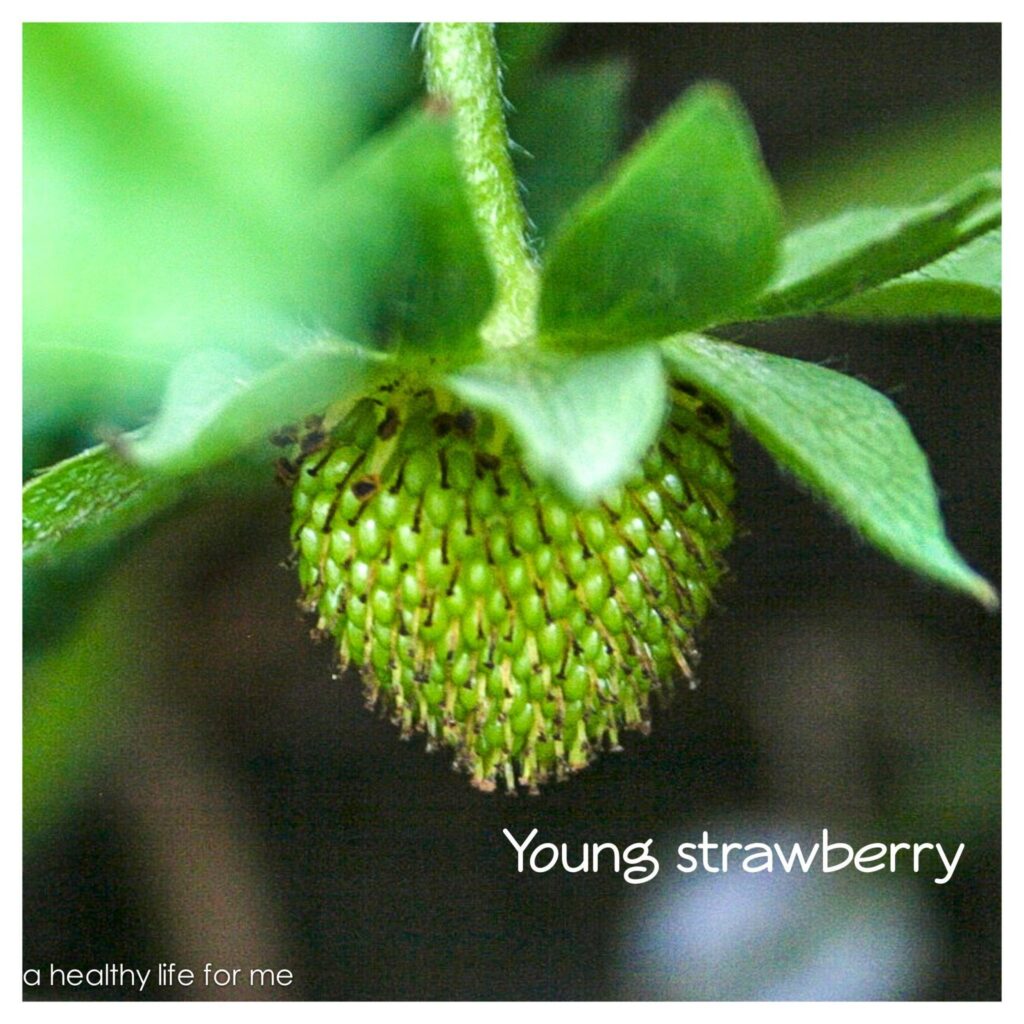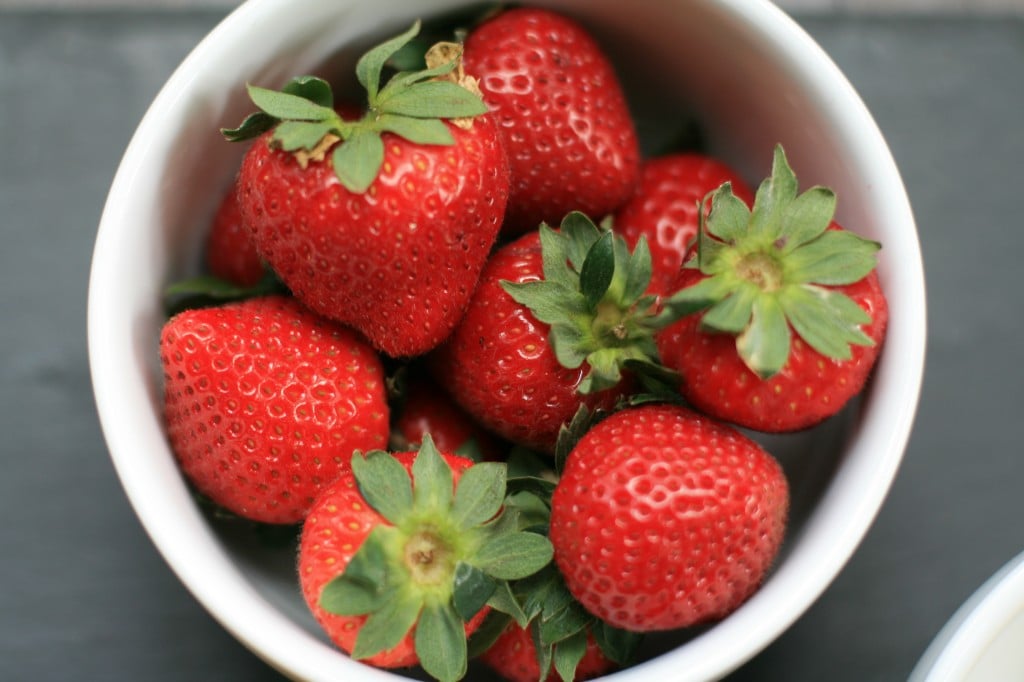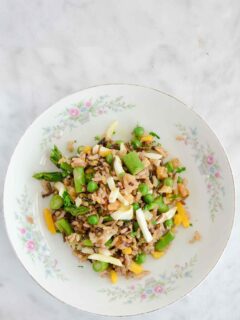Grow your own Strawberries and enjoy the freshest most delicious berries.
I added fifteen new Strawberry plants today to my Strawberry patch. I love Strawberries and the health benefits that they offer us. They are on the list of Superfoods because of the amount of Vitamin C they offer. Vitamin C is one of the antioxidants that can help with cancer prevention since a healthy immune system is the body’s best defense. The combination of antioxidant and anti-inflammatory agents found in strawberries is well-known to fight against the onset of many different forms of cancer.
They are super easy to grow and who wouldn’t love walking outside and having a beautiful Strawberry ready to be picked, picking it, and eating it. Plus my chickens love the Strawberry caps or any fruit that is not up to your eating standards. A little Vitamin C for their diet is beneficial and ends up helping them produce the healthiest eggs as well.
If you plant Strawberries in a flower bed, plan on them staying there for a long time and having them spread. They will return year after year and will send roots out to start new plants. So make sure where you plant them is where you want them to stay. Strawberries need a minimum of six hours of the sun per day and soil that is high in organic matter (compost & peat moss works well) is a must. To get your strawberries off to a good start, clear the area of all weeds and grass, and dig two to three inches of compost into the top few inches of soil. Strawberries hate sitting in water so make sure that water drains through your soil. If you add the organic matter you should be fine. If you live in an area with heavy clay (like Cincinnati) you make need to add more compost & peat moss.
If you don’t want to plant them in a flower bed or vegetable garden, consider planting them in a pot. All you need is a good fertile well draining soil. Your own compost will work, bagged compost or potting soil for a pot.
Plants come in pots already growing if you are in a hurry, or they come in bundles of bare rooted plants. That is the road I took because I already have plants.
There are three different types to choose from. I choose June-Bearing, which means they have fruit in June, but usually, it is May. June-Bearing plants grow quite large and develop long runners, so they work well in a dedicated strawberry patch, where their runners can grow into new plants. These produce a large crop all at one time. However, you most likely will not get fruit your first year unless you plant mature plants.
The second type is Ever-Bearing produce fruit from late spring until early fall. They will regularly develop fruit, but never very much at any one time. The plants stay fairly small and don’t produce vigorous runners. You can also pick fruit your first year.
The third type is Day-Neutral which produce berries from spring until fall, with a fairly large crop in the fall. Unfortunately, if you have hot summers like we do here in Cincinnati these will not survive, so they are not an option for me.
You can find plants almost at any nursery, I even saw some plants at Tractor Supply when I was there last. They usually come wrapped in a plastic bag and your roots will be rubber banded together. Open up your carton at the store and make sure that your roots are not mildewed and look healthy.
When you are ready to plant take the roots out of the bag and lay out near planting site.
Prepare your planting site. Adding compost if needed. Dig holes for your new plants. Planting rows should be spaced 42-48 inches apart, with plants set at 15-24 inches apart within the row. I use raised beds so I planted about 6″ apart.
Plant up to the top of the new growth called the crown.
Once you place plants in the hole you dug, gently push soil to cover roots, but do not cover the crown. You are finished and it couldn’t be easier!
Now all you have to do is follow the water directions on your packaging and wait for your fruit to grow. You will need to keep your strawberry plants well watered throughout the growing season. Plants should continue to be productive for at least 2-3 years but will need to be replaced soon after. To recondition June-bearing plants for next year, trim off their old leaves, making sure not to damage the center stalk (crown) of the plant.
Everbearers do not need this trimming, but all plants should be given some top-dressed fertilizer again after fruiting. I wish you the best of success in growing your own berries!













